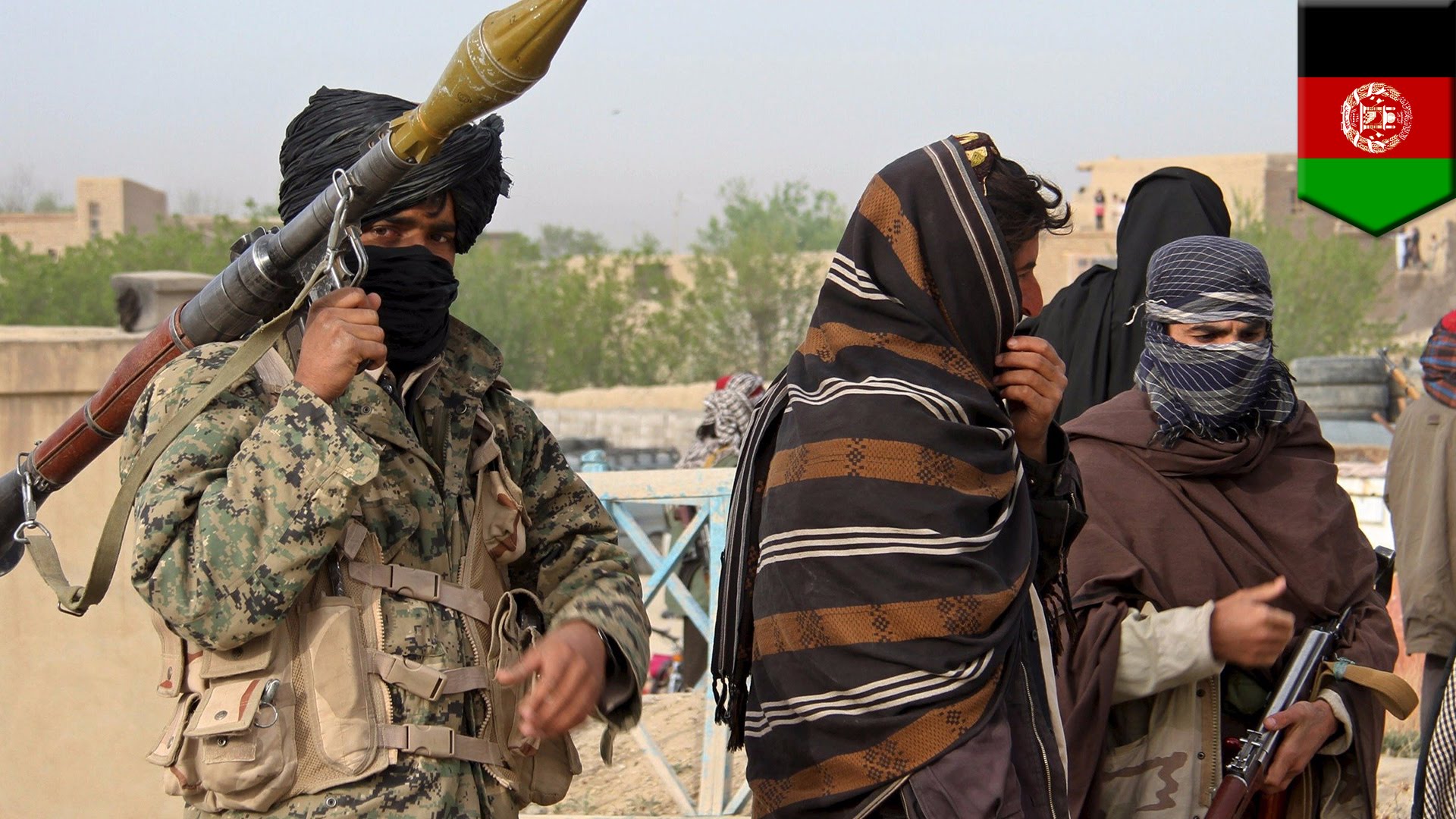Taliban Push For Kunduz

NEW DELHI: Taliban militants launched an attack on the Afghan city of Kunduz, with militants storming the city from all sides.
Sheer Ali Kamal, commander of the 808 Tandar police zone in Kunduz, said on Monday that the attack began at around midnight (1930 GMT on Sunday) and fighting was still going on in and around the city. "We are putting all our efforts together to push them back," he said.
The militants, reports say, made it all the way to the city centre, although officials have said that Afghan forces had repelled the attack. "The city centre is now in our hands and not in their hands. We are launching an attack to clean up the area," Kunduz police chief Kassim Jangal Bagh told the AFP news agency.
Afghan forces wrestled the city back after Taliban militants raised their flag in a central square, with special forces being flown in from Kabul to repel the attack. The Nato-led Resolute Support mission said Afghan security forces were in control of the city and its main square "with additional troops coming".
However, at the time of writing, news agencies and reports from the ground state that fighting is still continuing near the city's police headquarters, governor's compound and National Directorate of Security headquarters.
Taliban spokesperson Zabihullah Mujahid took to Twitter to give details about the attack. "A massive operation started on Kunduz capital from four directions early this morning." The militant group later announced that they had seized the roundabout and several checkpoints.
The fighting comes a day before Afghan President Ashraf Ghani is due to meet world leaders at a major donors' conference in Brussels.
It also comes a little over a month after the Taliban took control of over five districts in the province of Kunduz, including the strategically important Khanabad, which connects Kunduz to Takhar and other northern provinces. Just days earlier, the Taliban captured a district in neighbouring Baghlan province. Fighters launched an attack on Dahana-e-Ghori on August 12, with heavy clashes that followed resulting in the Taliban gaining control of the district on August 15.
Kunduz, specifically, has been repeatedly targeted by the Taliban ever since it first fell to the militant group in September last year, marking their biggest military victory since the 2001 US invasion.
In fact, reports have said for weeks now that the Taliban have seen major gains, closing in on both Lashkar Gah -- the capital of the Helmand province, and Kunduz.
In fact, as a glossed over report submitted to Congress by the Special Inspector General for Afghanistan Reconstruction noted earlier in the year, the Taliban now controls more territory in Afghanistan than at any time since US troops went in in 2001. In the first five months of 2016, the government lost control of nearly 5 percent of its territory to the Taliban since the beginning of the year. The area under Afghan government "control or influence" decreased to 65.6 percent by the end of May from 70.5 percent last year, based on data provided by US forces in Afghanistan.
Conservative estimates indicate that of 407 districts within the 34 provinces, 268 districts were under government control or influence, 36 districts (8.8%) within 15 provinces were under insurgent control or influence, and 104 districts (25.6 %) were “at risk.” Of the 36 districts under insurgent control or influence, nine districts with a population of 524,072 are under insurgent control and 27 districts with a population of 1.98 million are under insurgent influence.
The above are extremely conservative estimates, with the actual figures far more indicative of the Taliban’s growing presence in the war-torn country. Bill Roggio, the editor of The Long War Journal -- an online publication that is tracking Taliban control -- says that although confirmed figures estimate that one-fifth of the country is controlled or contested by the Taliban, in reality the percentage is quite higher -- more to the tune of the Taliban controlling or contesting half the entire country.
“Contested” areas refer to those where the government controls the district centre but the Taliban control large swathes of surrounding territory -- such as the case of Lashkar Gah in the Helmand province. “Control” implies that the Taliban have open control of a district.
Although the group was beaten back in 2001, they were able to regroup and began capturing territory between 2005 and 2009, with 2013 being a key year. The Taliban capitalised on the rollback of American troops, and in 2014, the capture of Kunduz came as a huge boost to the militant group as it signified their biggest victory since the American invasion.



